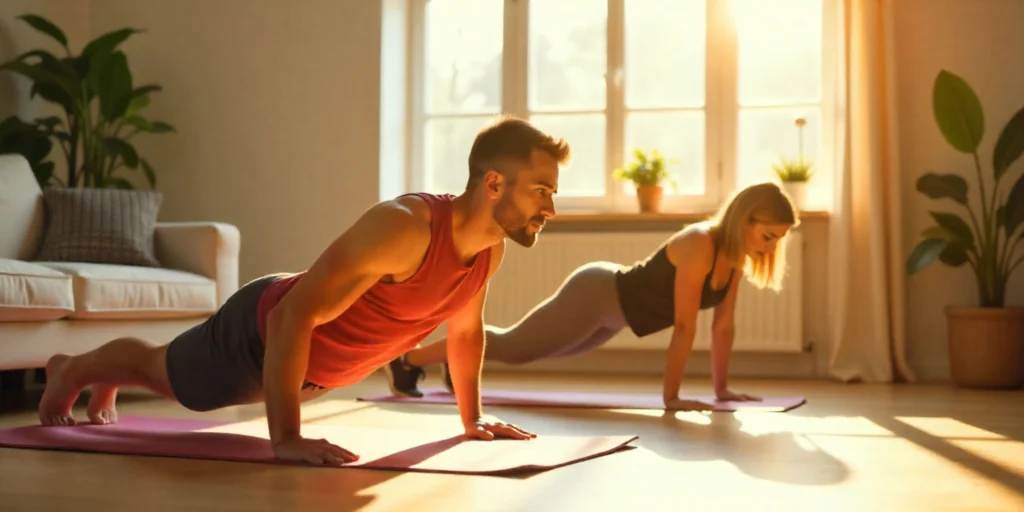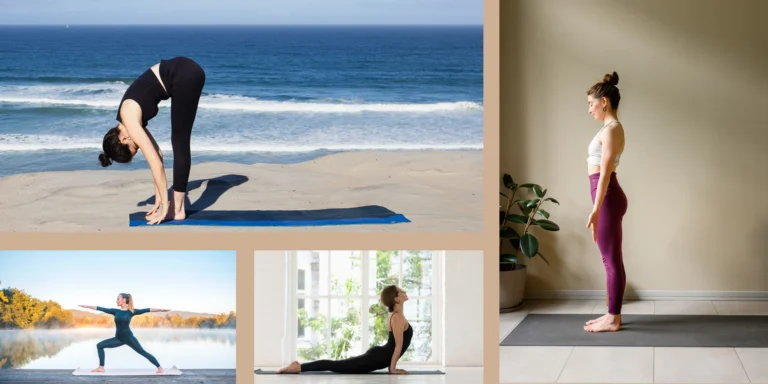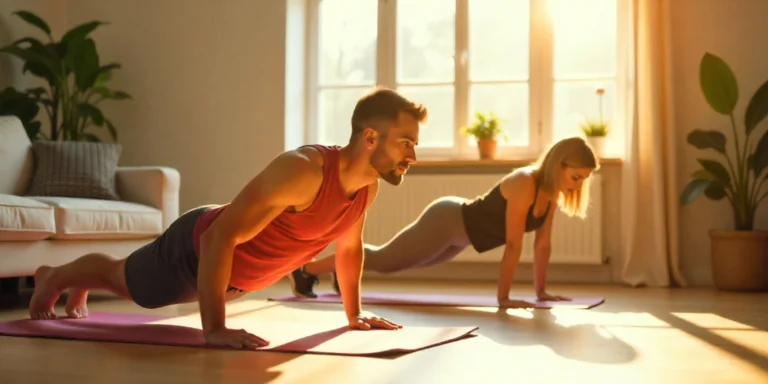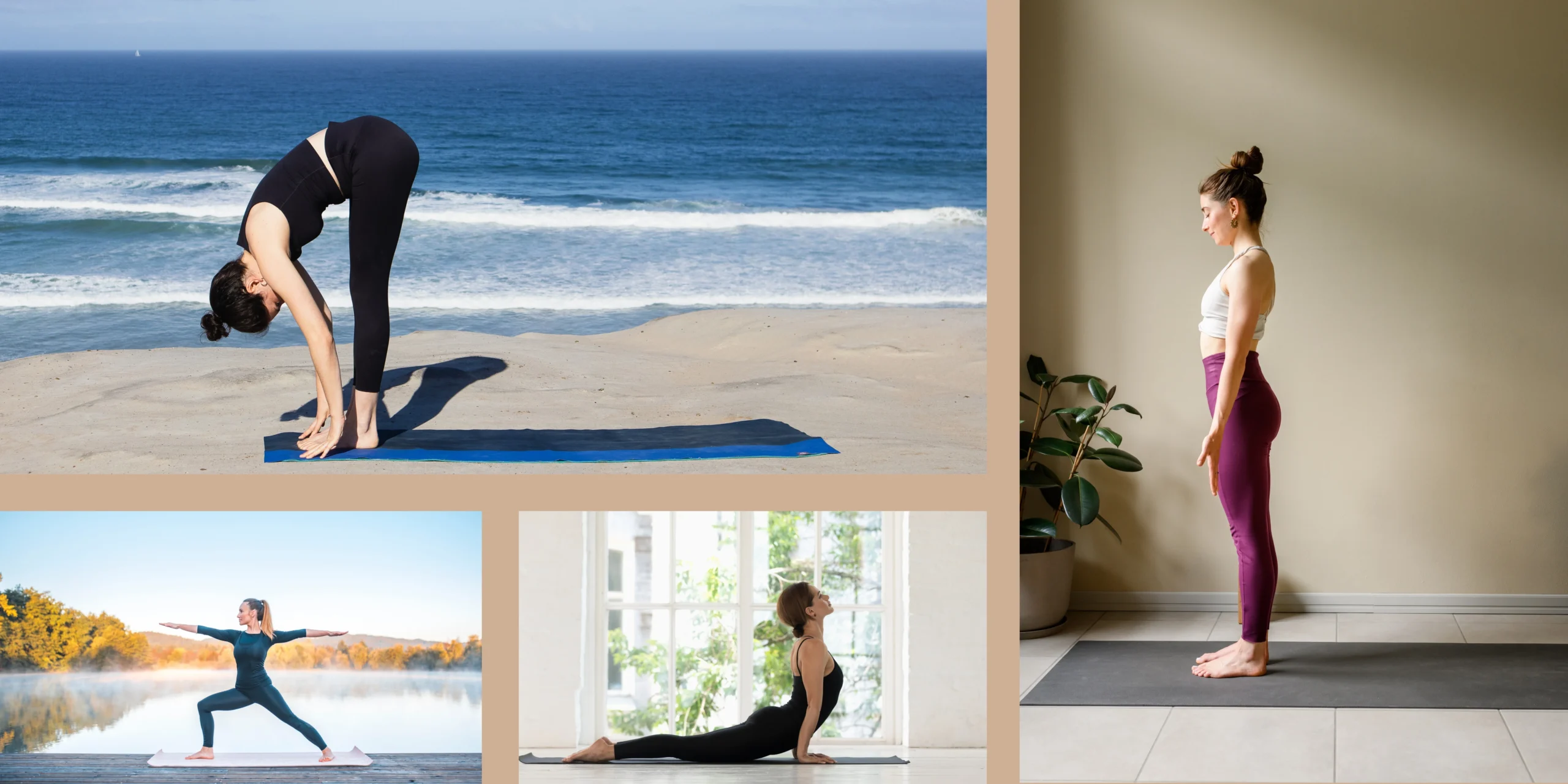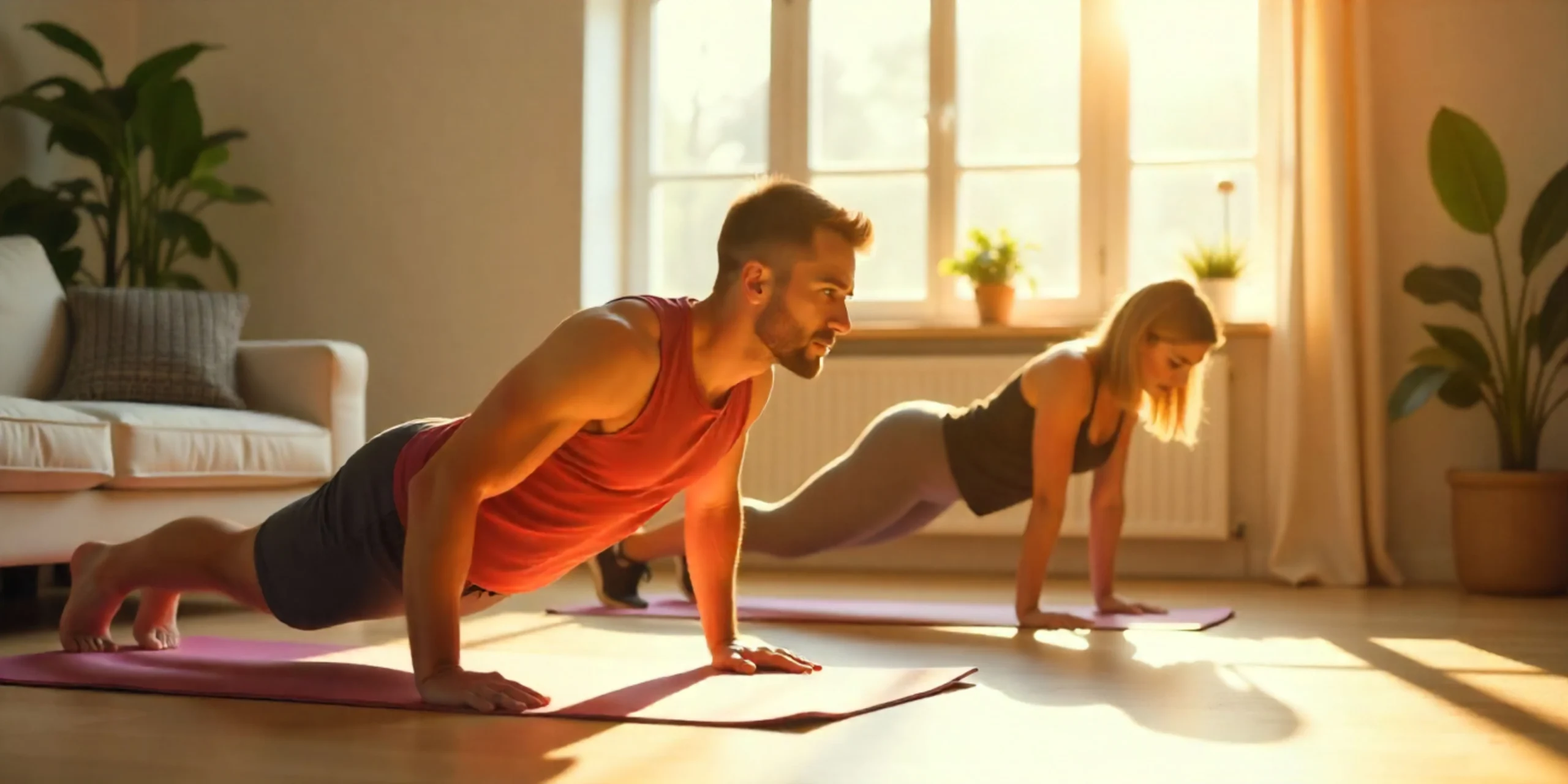Have you ever thought about starting a workout routine but felt stuck because you don’t have the right equipment or a gym membership? You’re not alone. Many people—whether working professionals, college students, or stay-at-home parents—struggle with the same issue. The good news is, you don’t need fancy machines or heavy weights to get fit. With simple body weight exercises, you can start right where you are, even in the corner of your living room.
Imagine this: Rohan, a software engineer, spends most of his day sitting at his desk. He often feels tired and sluggish but doesn’t have time for the gym. One day, he decides to try easy home workouts—push-ups, squats, and planks. Within weeks, his energy improves, his posture gets better, and he feels more confident. That’s the power of beginner body weight training—quick, effective, and accessible for everyone.
Why Body weight Exercises Are Important
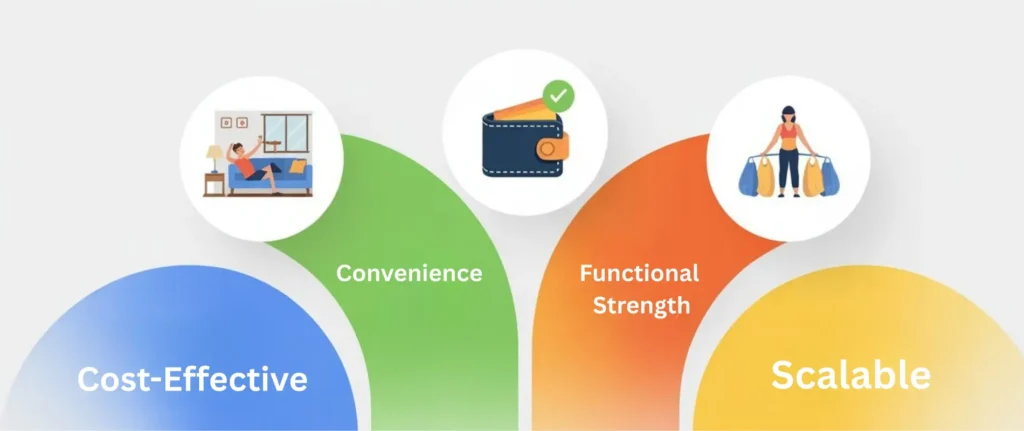
Before we dive into the exercises, let’s understand why no-equipment exercises are so valuable:
- Convenience: You can do them anywhere—at home, in a park, or even during a lunch break.
- Cost-effective: No gym fees, no equipment purchase, just your body.
- Beginner-friendly: Perfect for those new to fitness, as you control your pace.
- Functional strength: Body weight movements mimic daily activities, making you stronger in real life.
- Scalable: As you progress, you can make them more challenging by adjusting speed, reps, or adding variations.
7 Simple Body weight Exercises You Can Start Today
Here’s a list of easy home workouts that will help you build strength, improve flexibility, and boost stamina. Each exercise includes steps and benefits so you can start with confidence.
1. Squats – Strengthen Your Legs and Core
How to do it:
- Stand with feet shoulder-width apart.
- Keep your chest upright and arms in front for balance.
- Slowly bend your knees and push your hips back, like sitting on a chair.
- Lower down until your thighs are parallel to the floor.
- Push through your heels and return to standing.
Benefits: Builds leg strength, improves balance, and tones the lower body.
2. Push-Ups – Build Upper Body Strength
How to do it:
- Start in a plank position with hands under your shoulders.
- Keep your body in a straight line from head to heels.
- Bend your elbows and lower your chest close to the floor.
- Push back up to the starting position.
Benefits: Strengthens chest, shoulders, arms, and engages the core.
Beginner Tip: If regular push-ups feel hard, start with knee push-ups.
3. Plank – Improve Core Stability
How to do it:
- Start in a forearm plank with elbows under shoulders.
- Keep your body straight without sagging hips.
- Hold the position for 20–30 seconds.
Benefits: Strengthens core, improves posture, and supports overall body balance.
4. Lunges – Balance and Flexibility
How to do it:
- Stand straight with feet hip-width apart.
- Step forward with your right leg.
- Lower your body until both knees form 90-degree angles.
- Push back to starting position and switch sides.
Benefits: Tones thighs, strengthens glutes, and improves stability.
5. Glute Bridge – Stronger Lower Back and Hips
How to do it:
- Lie on your back with knees bent and feet flat.
- Keep arms by your side.
- Push through your heels to lift hips upward.
- Hold for 2–3 seconds and lower down slowly.
Benefits: Strengthens glutes, hamstrings, and reduces lower back pain.
6. Mountain Climbers – Cardio and Core
How to do it:
- Start in a high plank position.
- Drive your right knee toward your chest.
- Switch legs quickly, like running in place.
Benefits: Burns calories, boosts endurance, and tones core muscles.
7. Jumping Jacks – Full-Body Warm-Up
How to do it:
- Stand with arms at your side.
- Jump while spreading legs and raising arms overhead.
- Return to starting position and repeat.
Benefits: Increases heart rate, warms up muscles, and improves coordination.
Tips for Beginners in Body weight Training
Starting a new routine can feel overwhelming, but these tips will keep you on track:
- Always warm up: 5–10 minutes of light cardio (like jogging in place or jumping jacks) prevents injuries.
- Focus on posture: Quality matters more than speed or reps. Poor posture can lead to strain.
- Start slow: Begin with 2–3 sets of 8–10 reps for each exercise. Increase gradually.
- Rest is important: Give your muscles time to recover—alternate between workout days.
- Stay consistent: Even 15–20 minutes daily can bring noticeable results.
Common Mistakes to Avoid
- Holding your breath during exercises.
- Rushing through reps instead of controlling movements.
- Skipping warm-up and cool-down.
- Expecting instant results (fitness takes patience!).
Quick 15-Minute Beginner Body weight Workout Plan
- 20 Squats
- 10 Push-Ups
- 20 Lunges (10 each leg)
- 20-Second Plank
- 15 Glute Bridges
- 20 Mountain Climbers
- 20 Jumping Jacks
Repeat this circuit twice, and you’ll have completed a full-body session in under 20 minutes!
FAQs on Body weight Exercises
Q1: Can I lose weight with body weight exercises alone?
Yes. When combined with a balanced diet, simple body weight exercises can help burn calories and reduce fat.
Q2: How many days a week should beginners train?
Start with 3–4 days per week. As your stamina improves, you can increase frequency.
Q3: Do I need any equipment at all?
No. That’s the beauty of no-equipment exercises—you just require your body weight and a little space.
Q4: What if I get tired quickly?
That’s completely normal for beginners. Take short breaks, drink water, and focus on progress, not perfection.
Final Words – Start Today, Not Tomorrow
Fitness doesn’t require a gym membership, expensive gear, or hours of free time. All you require is the will to begin. Beginner body weight training is the easiest way to take charge of your health, improve your energy, and feel stronger every day.
So, whether you’re a student in a hostel room, a busy professional at home, or someone restarting fitness after a long break—these easy home workouts can fit right into your schedule.


